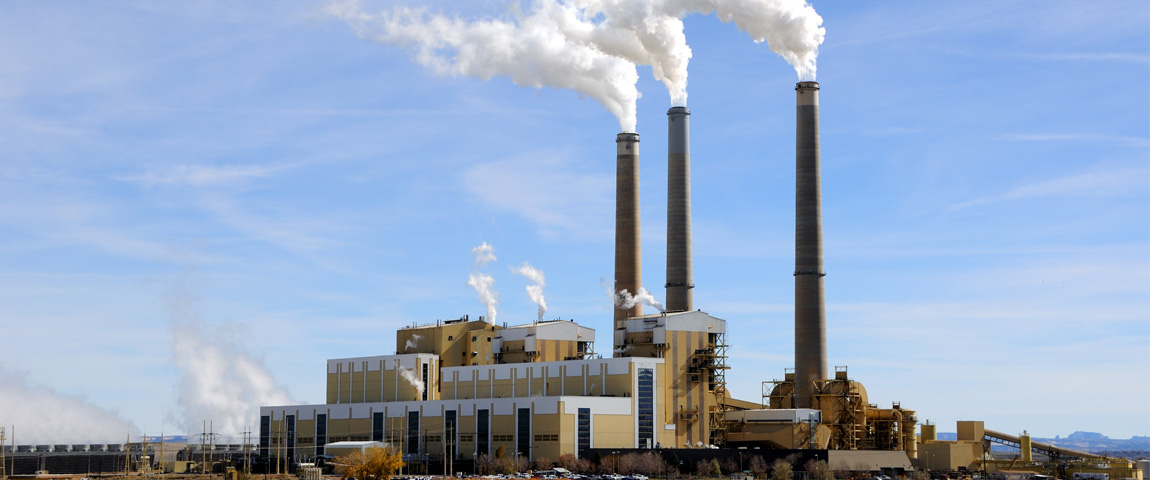
Sequestering Atmospheric Carbon
“Biochar in soils create a long-term carbon-negative cycle by sequestering atmospheric carbon over long periods of time.”
In addition to sustainably producing food, biochar is now seen as a simple, relatively low-cost tool for mitigating climate change. The production and use of biochar in soils create a long-term carbon-negative cycle by sequestering atmospheric carbon over long periods of time and reducing nitrous oxide and methane emissions from soil.
Carbon Sequestration
Biochar is referred to as “carbon-negative” because it sequesters more carbon than is produced when it is created. During pyrolysis, approximately 50% of the biomass’ carbon content is held by the biochar, compared to 10-20% that remains in biomass after 5-10 years of natural decomposition. When biochar is added to soil, the carbon is sequestered for centuries, thereby reducing atmospheric carbon dioxide. Biochar also improves soil fertility, thereby enhancing plant growth which absorbs more carbon dioxide from the atmosphere.
Reduction in Greenhouse Gas Emissions
Biochar also retains nitrogen, thereby reducing emissions of another alarming greenhouse gas, nitrous oxide. Research indicates that biochar-amended soils can provide anywhere from 50-80% reduction in nitrous oxide emissions, which is significant considering that the nitrous oxide released from certain fertilizers is 310 times more potent than an equal amount of carbon dioxide. Turning agricultural and forestry waste into biochar also reduces methane generated by natural decomposition.

